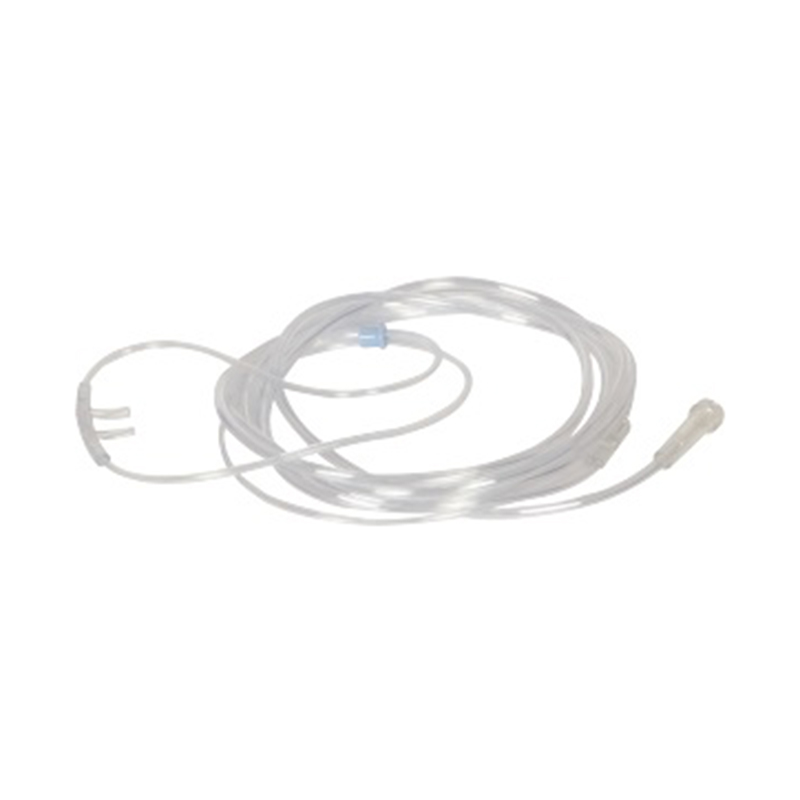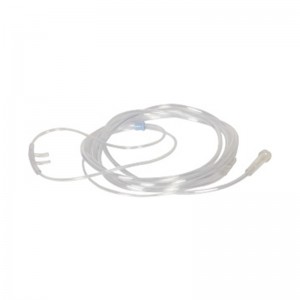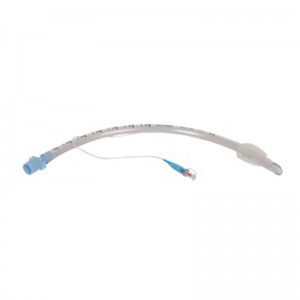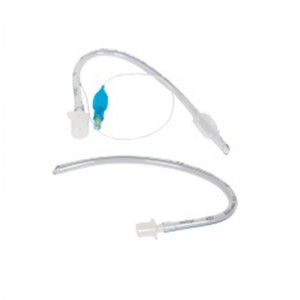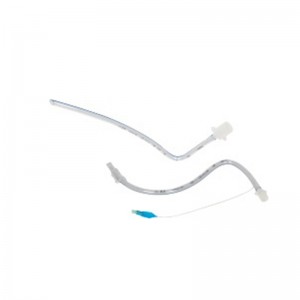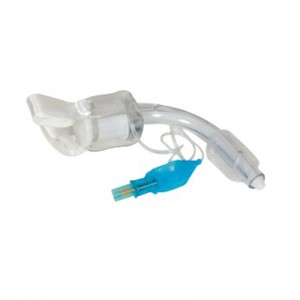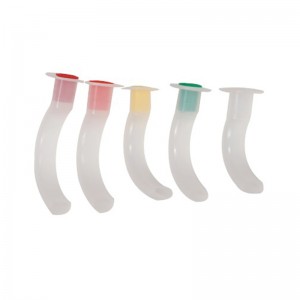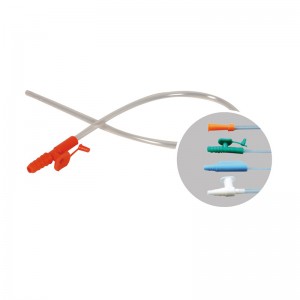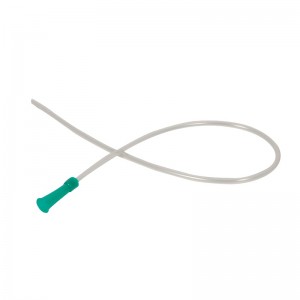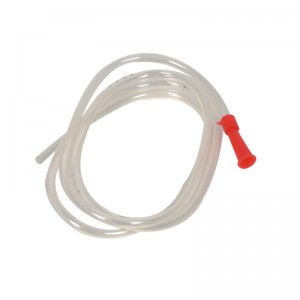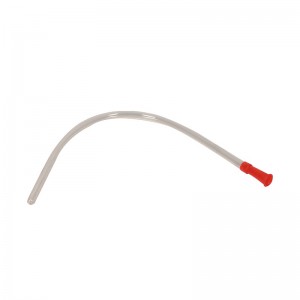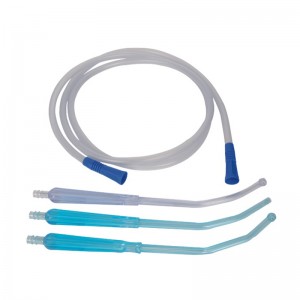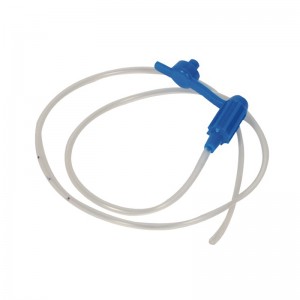Cannula and Tube Components for Medical Use
A cannula and tubing system is commonly used for delivering oxygen or medication directly into a patient's respiratory system. Here are the main components of a cannula and tube system:Cannula: A cannula is a thin, hollow tube that is inserted into a patient's nostrils to deliver oxygen or medication. It is usually made of flexible and medical-grade materials like plastic or silicone. Cannulas come in different sizes to accommodate the needs of different patients.Prongs: Cannulas have two small prongs at the end that fit inside the patient's nostrils. These prongs secure the cannula in place, ensuring proper oxygen delivery.Oxygen tubing: Oxygen tubing is a flexible tube that connects the cannula to an oxygen source, such as an oxygen tank or concentrator. It is usually made of clear and soft plastic to provide flexibility and prevent kinking. The tubing is designed to be lightweight and easily maneuverable for patient comfort.Connectors: The tubing is connected to the cannula and oxygen source through connectors. These connectors are typically made of plastic and feature a push-on or twist-on mechanism for easy attachment and detachment.Flow control device: Some cannula and tube systems have a flow control device that allows the healthcare provider or patient to adjust the rate of oxygen or medication delivery. This device often includes a dial or switch to regulate the flow.Oxygen source: The cannula and tube system must be connected to an oxygen source for oxygen or medication delivery. This can be an oxygen concentrator, oxygen tank, or a medical air system.Overall, a cannula and tube system is a crucial apparatus for delivering oxygen or medication to patients who require respiratory support. It allows for precise and direct delivery, ensuring optimal treatment and patient comfort.

